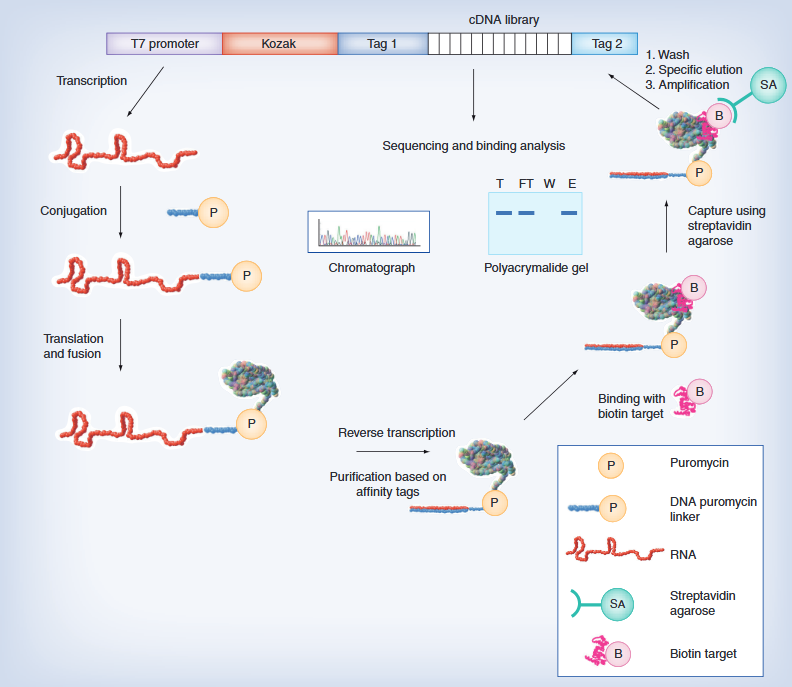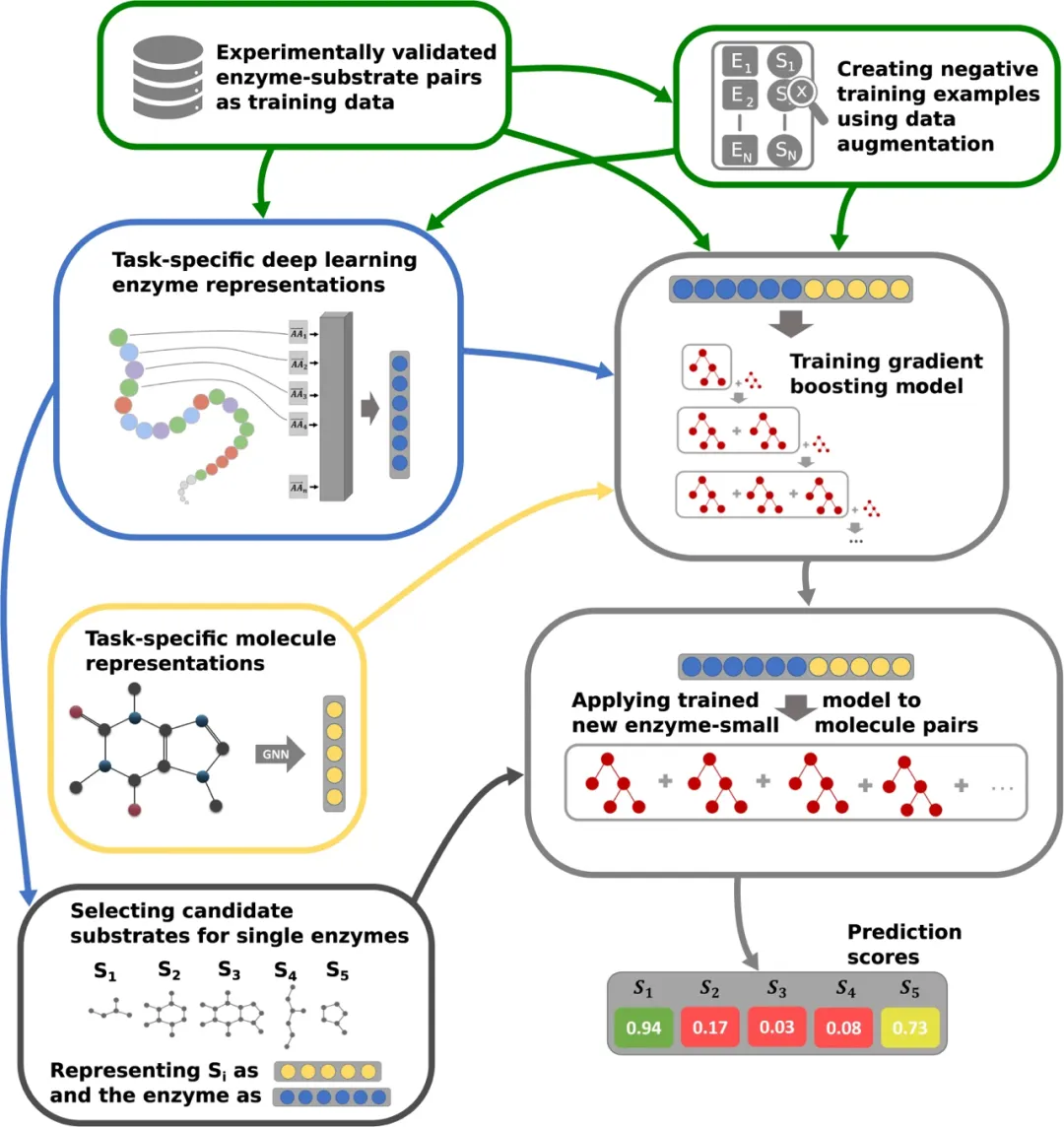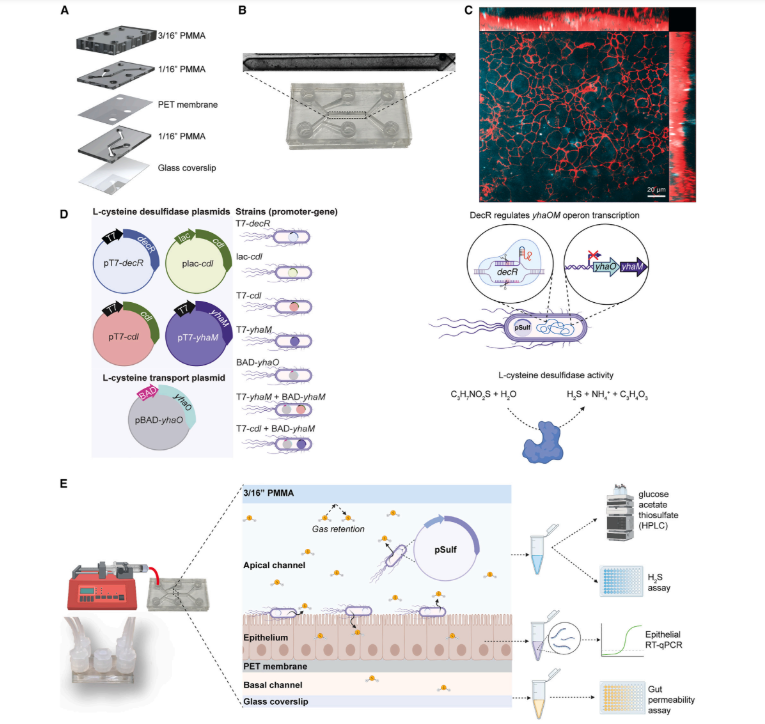What are the minimum genes required for a cell to survive? To answer this question, researchers adopted a design build test cycle strategy to synthesize a Mycoplasma filamentosum chromosome containing only 473 genes, and it can replicate and produce free living bacterial cells during the experimental observation cycle [2]. This smallest cell removed 428 genes (48%) naturally present in Mycoplasma, while among the retained genes, 83% were expressed to maintain genetic information, cell membrane or cytoplasmic metabolic function, and the remaining 17% were functionally unknown. The production of this smallest cell indicates that chromosome synthesis can be used to understand and define the mechanisms of cell life and its diversity.
So far, the only option for synthesizing chromosomes is de novo synthesis, which combines in vivo and in vitro techniques to gradually assemble small synthetic DNA fragments into larger molecules. The powerful advantage of de novo synthesis is that it allows for thorough reprogramming of the sequence and structure of chromosomes. For example, by using de novo chromosome synthesis, the entire 4 Mb Escherichia coli genome was artificially synthesized and replaced, and the codons TCG and TCA of serine were replaced with synonymous codons AGC and AGT, and the amber codon TAG was replaced with TAA. A strain of Escherichia coli containing only 61 codons was successfully constructed [4]. The international collaboration team of the Sc2.0 project uses budding brewing yeast generated from de novo chromosome synthesis, removes all transposable elements, and inserts LoxP sites between genes, enabling the use of Cre recombinase to generate random chromosomal rearrangements [5]. From scratch chromosome synthesis involves the synthesis and assembly of a large number of DNA fragments, which limits its application in biological research. Therefore, using cloned fragments of natural DNA to construct synthetic chromosomes may be a relatively inexpensive and fast alternative method.
In December 2023, the journal Nature Communications reported a method for constructing synthetic chromosomes using natural components of brewing yeast, called CReATiNG (Cloning, Reprogramming, and Assembling Tiled Natural Genomic DNA). CReATiNG requires cloning natural chromosome fragments and programmatically assembling them into synthetic chromosomes to replace natural chromosomes in recipient cells. Using CReATiNG can modify chromosome structure, construct multiple missing chromosomes, and repair defects in synthetic chromosome design through recombination between synthetic chromosomes and natural chromosomes [6].
The CReATiNG method consists of two steps. The first step is to clone natural chromosome fragments in yeast donor cells, and the second step is to programmatically assemble these fragments into synthetic chromosomes in recipient cells. In the first step, to clone the target fragment, three reagents were co transformed into yeast donor cells driven by the constitutive strong promoter TDH3 to express Cas9 (Figure 1a and b): (1) In vitro transcription of gRNA guided Cas9 to cleave both ends of the target fragment and remove it from the chromosome; (2) Construct a linear bacterial artificial chromosome/yeast artificial chromosome (BAC/YAC) cloning vector pASC1, whose two sides are homologous to the end of the target fragment, and can integrate the target fragment into the cloning vector through homologous recombination; (3) A repair template composed of the dominant drug marker KanMX, carrying homologous arms on both sides, allows yeast cells to reconstruct broken chromosomes through homologous recombination, allowing the target fragment to be replaced in situ with a drug screening marker. Three gRNAs are designed on each side of the target fragment, with a maximum distance of approximately 200 bp between the same side gRNAs. PASC1 contains BAC/YAC standard components such as URA3 markers, which have undergone additional engineering modifications and the addition of cloning boxes, allowing for high-throughput integration of target fragments through directed restriction enzyme cleavage and ligation, for cloning specific target fragments. The cloning cassette is approximately 500 bp long and contains two 120 bp target fragment end specific homologous arms, separated by AvrII and XhoI cleavage sites. On both sides are 100 bp DNA junction sequences and I-SceI sites that do not exist in the yeast genome. Design connector sequences for the assembly of different target fragments in the second step, generated by a random sequence generator [7]. After identifying the target fragment, the researchers synthesized a clone box from scratch, integrated it into pASC1 through the I-SceI site, and then used AvrII and XhoI enzymes to tangent pASC1, resulting in a linear molecule with incompatible sticky ends and low self linking rate (Figure 1a).

Figure 1: Using CReATiNG synthetic chromosomes to replace yeast natural chromosomes
After co transforming three reagents, positive cells were screened and isolated using URA3 on the cloning vector and KanMX markers on the repair template, and PCR validation was performed (Figure 1b). The target fragment of positive clones can be extracted from positive yeast donor cells and transformed into EPI300 Escherichia coli to efficiently induce pASC1 copies. Then, the target fragment can be separated from the vector by I-SceI enzyme digestion. Multiple different fragments sharing the same end effector sequence can be transformed into recipient yeast cells with appropriate vectors to obtain forward sorted synthetic chromosomes (Figure 1b and c).
The researchers selected a 230 kb chromosome I (ChrI) containing 117 known or predicted protein coding genes [8] as an example to test the CReATiNG method. Selecting S. paradoxus as the initial donor, due to its approximately 12% nucleotide difference from S. cerevisiae [9], makes it easy to distinguish synthetic chromosomes from natural chromosomes in recipient cells. By analyzing, the donor ChrI was divided into three non overlapping fragments of 51-64 kb, containing the entire chromosome except for the centromere, subttelomere, and telomere, while avoiding the disruption of annotation functional elements. Subsequently, following the CReATiNG method, these three donor ChrI fragments were obtained. And synthesize a synthetic centromere box containing resistance markers of CEN6, yeast (KanMX), and Escherichia coli (ampR). These three fragments, centromere boxes with appropriate junctions, and linear pASC2 (a pASC1 lacking centromeres and containing HIS3 as a yeast marker) were co transformed into the brewing yeast BY4742 (BY) strain. These fragments were selectively assembled and positive monoclonal clones were obtained through drug screening (Figure 1c). Whole genome Oxford Nanopore Technologies (ONT) sequencing was performed to confirm the presence of two copies of ChrI, one from BY and the other from yeast mirabilis (Figure 1d). The above data indicates that the CReATiNG method can successfully utilize donor natural chromosomes to synthesize replacement receptor cells.
Next, the researchers will explore the potential applications of the CReATiNG method. The first application is chromosome recombination between different strains or species, which helps to study the genetic basis of genetic phenotypes. The researchers also cloned three ChrI fragments of brewing yeast BY and another brewing yeast strain RM11-1a (RM). Implement a new strain consisting of 27 permutations and combinations of 3 strain fragments through connectors (Figure 2a). The efficiency of colony PCR detection for these combinations ranged from 20% to 100% (Figure 2b), and assembly correctness was further verified through ONT. Subsequently, researchers measured the growth rates of these 27 strains with recombinant chromosomes in complete liquid culture media at 30 ° C and 35 ° C, and found significant differences in growth rates under both conditions. The strains carrying complete S.par ChrI exhibited the slowest growth at both temperatures (Figure 2c and d). In addition, the researchers also measured individual and combination phenotypic effects. The results showed that at 30 ° C, fragments 1 and 2 had a significant impact on growth (Figure 2e); At 35 ° C, all three fragments had a significant impact on growth (Figure 2f). The above data indicates that all three fragments contribute to the growth changes at different temperatures, especially fragment 3 showing a strong interaction with temperature.

Figure 2: Chromosomes between recombinant strains and species using CReATiNG
CReATiNG can also be used to synthesize chromosomes with one or more inverted, duplicated, deleted, or modified gene sequences. The researchers cloned fragments 1 to 3 in BY and altered the connector sequence on both sides of each fragment to assemble them in all possible arrangements without inverting any fragments. Using these re cloned fragments, five non natural ChrI structures with the same content but different order were designed, namely 1-3-2, 2-3-1, 2-1-3, 3-1-2, and 3-2-1 (Figure 3a), and each assembly was validated by PCR or ONT sequencing. These five strains are all feasible, but they exhibit significant phenotypic variations. Compared to the natural 1-2-3 configuration, the 2-3-1 configuration showed a 7% growth improvement, while the 3-1-2 and 1-3-2 configurations showed a growth slowdown of 18% and 68%, respectively (Figure 3b). Due to the fact that strains undergoing chromosomal recombination all have the same number of genes, the explanation for these substantial growth defects is that the changes caused by chromosomal recombination at segment boundaries may lead to incorrect expression of phenotypic important genes [10]. Evaluating all recombined chromosomes, unique connections were observed in the 3-1-2 and 1-3-2 strains, which were not present in other ChrI configurations (Figure 3c). Several non essential genes known to cause growth defects when overexpressed are located at these unique junctions: V-type motor myosin (MYO4), vesicular membrane SNARE protein (SNC1), and nuclear pore protein component (NUP60) [8]. Both strains have a connecting point, placing MYO4 near the centromere box KanMX. Compared to the wild-type strain 1-2-3, the expression of MYO4 on the 1-3-2 and 3-1-2 strains was 1.5 and 1.2 times higher, respectively (Figure 3d). The above data indicates that recombinant chromosomes programmed using CReATiNG can be used to identify non natural chromosome configurations with phenotypic effects, and changes in gene neighborhoods that lead to gene overexpression are the main reasons for growth defects in such experiments.

Figure 3 Recombination of ChrI using CReATiNG
Another application of CReATiNG is to achieve highly multiple deletions, which remains challenging for traditional genome editing techniques [11]. The researchers designed a workflow to remove 10 core chromosome regions from BY ChrI, totaling 30 kb, containing 18 non adjacent genetic elements (Figure 4a). This design requires cloning 11 fragments, ranging in size from 3.8 kb to 21 kb, and assembling them with appropriate splice sequences. Co transform 11 fragments with centromere box and linearized pASC2 vector into BY. ADE1 is a gene encoding adenine biosynthesis enzyme, and its loss of function leads to the accumulation of red pigment in colonies, which exists in a target deletion region and provides additional phenotype selection for natural ChrI elimination. After natural elimination of ChrI, 10 red colonies were selected and PCR was used to detect the assembly junctions of each colony. It was found that not a single red colony had all deletions, but a single red colony had 9 out of 10 deletions (Figure 4b). This strain with multiple deletions showed significantly slower growth compared to the strain with complete synthesis of BY ChrI (Figure 4c). Among the chromosomal regions with targeted deletion, only the 9th deletion region remains between segments 6 and 7. The single gene located in this region is SYN8, which encodes an SNARE protein involved in vesicle cell membrane fusion. Examination of the 10 selected red colonies revealed that SYN8 was retained, indicating its interaction with one or more other missing elements in genes. To test this interaction, researchers removed SYN8 from multiple deletion strains and found a doubling time of 394 minutes, which was 86% higher than the multiple deletion strains and 319% higher than the fully synthesized BY ChrI strains (Figure 4c). On the contrary, the absence of SYN8 has no effect on BY (Figure 4c). Multiple deletions reveal unknown genetic interactions between SYN8 and other elements on ChrI, identifying SYN8 as a quasi essential gene [2]. This unknown interaction is the main obstacle to simplifying chromosomes and genomes, as it can lead to strains carrying synthetic chromosomes exhibiting slow growth and difficulty in handling in the laboratory. However, the example of SYN8 indicates that synthetic chromosomes generated by CReATiNG can overcome this unknown interaction by recombining with natural chromosomes before their elimination (Figure 4d).

Figure 4: Multiple gene deletions and chromosome simplification using CReATiNG
In summary, CReATiNG is a method of constructing synthetic chromosomes with multiple designs using natural DNA components. Firstly, natural chromosome fragments are cloned, and then programmatically assembled into synthetic chromosomes to replace natural chromosomes in cells. CReATiNG uses cloned fragments of natural chromosomes instead of synthesizing small DNA fragments from scratch, which is more cost-effective and faster than synthesizing chromosomes from scratch. During the operation, it is also possible to autonomously repair defects in the design of synthetic chromosomes by recombining them with their natural counterparts. These different applications highlight the role of CReATiNG in biological research, which can be used to study various fundamental issues in genetics, genomics, and evolution, promoting the development and application of synthetic biology.









